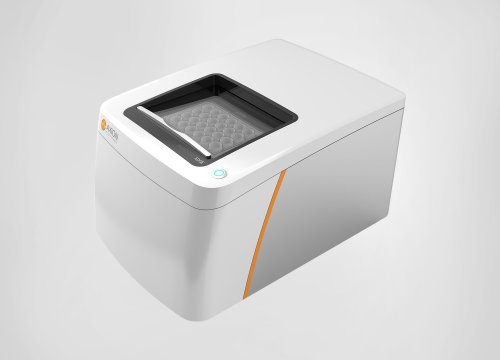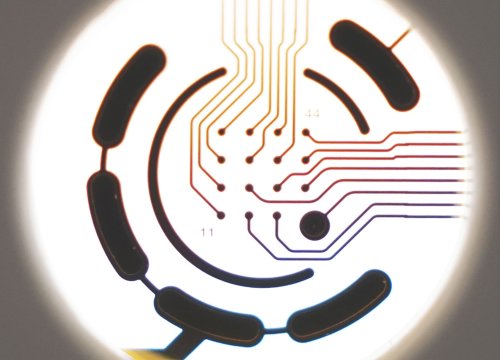Silvia Marchiano, Kenta Nakamura, Hans Reineck, Lauren Neidig, Michael Lai, Shin Kadota, Filippo Perbellini, Xiulan Yang, Jordan M. Klaiman ,Leslie P. Blakely, Elaheh Karbassi, Paul A. Fields, Aidan M. Fenix, Kevin M. Beussman, Anu Jayabalu, Faith A. Kalucki, Akiko Futakuchi-Tsuchida, Gerhard J. Weber, Sarah Dupras, Hiroshi Tsuchida, Lil Pabon, Lili Wang, Björn C. Knollmann, Steven Kattman, R. Scott Thies, Nathan Sniadecki, W. Robb MacLellan, Alessandro Bertero, and Charles E. Murry
Cell Stem Cell; Volume 30, Issue 4, pg.333-500
Scientists use Axion’s next-generation Maestro Pro multielectrode array (MEA) system to investigate the electrophysiological profile of hPSC-CMs in vitro for regenerative medicine applications.
The use of human pluripotent stem cell-derived cardiomyocytes (hPSC-CMs) as a cell therapy following myocardial infarction holds great promise, but transient ventricular arrhythmias after transplant of hPSC-CMs—which the authors term engraftment arrhythmias (EA)—are a key factor limiting the translation to the clinic. In this study, researchers use CRISPR/Cas9 technology and a multiplatform approach including Axion’s noninvasive Maestro Pro multielectrode array (MEA) system to demonstrate that automaticity in developmentally immature transplanted hPSC-CMs is a major contributor to EA. Importantly, the team also showed that simultaneous modification of four genes eradicated automaticity in vitro and prevented cardiac complications and death in pigs. Overall, the results offer new insights into the pathogenesis of EA and suggest that targeting automaticity may lead to safer approaches for remuscularizing the injured heart in the future.


